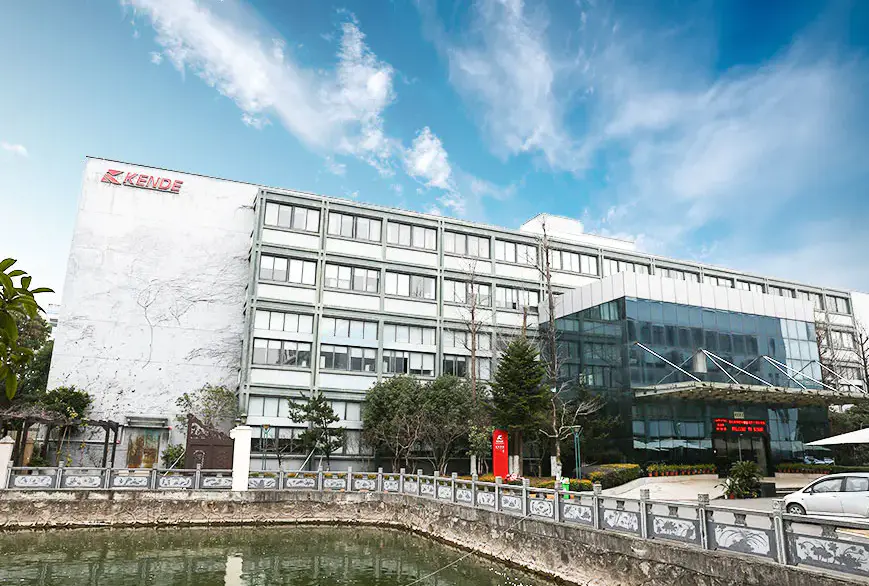Email: [email protected]
 2025.08.01
2025.08.01
 Industry News
Industry News

When sourcing equipment, evaluating the capabilities of a welding machine factory is a key step in ensuring reliable product quality and consistent supply. Understanding how to assess a factory's production capacity, technical processes, and quality control systems helps buyers and distributors make informed decisions. A welding machine factory must demonstrate more than basic production—it should also align with the buyer's specific requirements for volume, standards, and service.
One way to begin assessing a welding machine factory is by reviewing its production facilities. A visit to the site, or a detailed virtual tour if travel is not possible, can reveal much about the factory’s layout, machinery, and workflow. Organized workspaces, modern equipment, and clearly defined production stages often indicate a factory that can manage scale and maintain product consistency. Observing how raw materials are handled and how welding machines are assembled provides insight into operational efficiency.
The technical capabilities of a welding machine factory can also be gauged through the types of machines they produce. Some factories may specialize in arc welding equipment, while others manufacture MIG, TIG, or multi-process units. The range of products a factory offers can reflect its level of engineering knowledge and ability to respond to different market needs. A factory that can support custom specifications or component modifications may be better equipped to handle specialized orders.
Certifications and compliance with international standards offer further proof of a factory’s capabilities. When a welding machine factory follows ISO guidelines or has certification related to electrical safety and manufacturing practices, it shows a commitment to maintaining consistent quality. Certifications also reduce risk for buyers who need to meet regulations in their home markets. Requesting documentation or third-party audit reports is a practical way to confirm these credentials.
Another important factor is the factory’s quality control process. Buyers should inquire about how inspections are performed at different stages of production. A well-organized welding machine factory will likely implement incoming material checks, in-process testing, and final product verification. Facilities equipped with electrical performance testing stations and load testing setups are often better prepared to deliver reliable welding machines.
The workforce is also a reflection of a welding machine factory’s strength. A skilled team with training in production, engineering, and quality assurance helps ensure stable output. Long-term staff often means lower turnover and better retention of technical knowledge. Asking about the training programs in place for employees can help assess how well the factory maintains high standards.
The welding machine factory’s ability to deliver consistent orders on time matters. Reviewing its track record with existing clients or asking for references may provide insight into reliability and responsiveness. Large production capacity means little if timelines or specifications are not met. Clear communication, detailed order tracking, and after-sales support all contribute to a positive supply chain experience.
Consider the research and development capabilities of the welding machine factory. A factory that invests in developing new models or improving existing designs may offer more up-to-date features and adapt to changing demands. This is especially useful in markets where technical performance and innovation influence buying decisions.
Assessing a welding machine factory involves examining its production setup, technical range, certifications, quality control systems, workforce, and delivery performance. These aspects help determine whether the factory can consistently meet expectations for welding equipment supply and support.